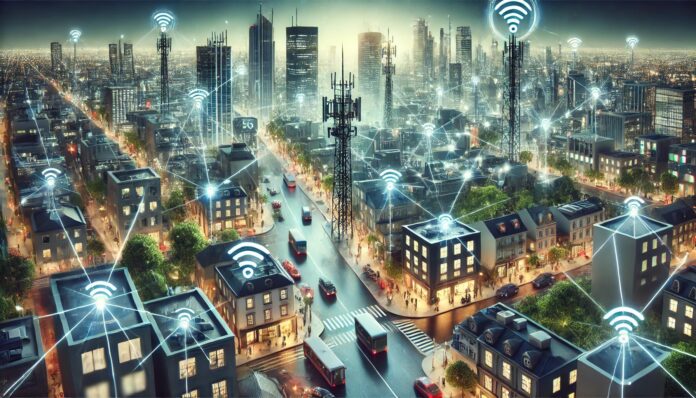Introduction to 5G Technology
The advent of 5G technology marks a significant leap forward in the realm of telecommunications. As the fifth generation of mobile networks, 5G promises unparalleled speed, reduced latency, and enhanced connectivity. Unlike its predecessors, 5G is designed to support a massive number of connected devices, paving the way for the Internet of Things (IoT) to flourish.
Benefits of 5G
Unprecedented Speed
One of the most touted advantages of 5G is its remarkable speed. With download speeds potentially exceeding 10 Gbps, 5G is set to revolutionize how we consume media, stream content, and download large files. This speed enables real-time data transfer, which is crucial for applications such as augmented reality (AR) and virtual reality (VR).
Reduced Latency
Latency, or the delay before a transfer of data begins following an instruction, is significantly reduced with 5G. This low latency is crucial for applications that require immediate feedback, such as autonomous vehicles, remote surgery, and real-time gaming. With latency as low as 1 millisecond, 5G ensures a seamless and responsive user experience.
Enhanced Connectivity
5G’s capacity to connect a vast number of devices simultaneously is a game-changer. This capability is essential for the proliferation of IoT devices, from smart home appliances to industrial sensors. Enhanced connectivity means more efficient communication between devices, leading to smarter cities, improved logistics, and more responsive healthcare systems.
Challenges in 5G Adoption
Infrastructure Development
The deployment of 5G networks requires substantial investment in infrastructure. Unlike previous generations, 5G operates on higher frequency bands, which means a greater number of small cells and base stations are needed to ensure coverage. This requirement poses a significant challenge, especially in rural and underserved areas.
Regulatory Hurdles
Regulatory approval and spectrum allocation are critical for the rollout of 5G. Governments and regulatory bodies must work together to ensure that the necessary spectrum is available and that regulations support rather than hinder the deployment of 5G networks. Navigating these regulatory landscapes can be complex and time-consuming.
Security Concerns
The increased connectivity and data flow brought by 5G also introduces new security vulnerabilities. Ensuring the security of 5G networks is paramount, as any breach could have widespread implications. Network providers must implement robust security measures to protect against cyber threats and safeguard user data.
Industry Applications of 5G
Healthcare
In healthcare, 5G can revolutionize telemedicine, enabling high-quality remote consultations and even remote surgeries with real-time feedback. Wearable health devices can transmit data instantly to healthcare providers, allowing for continuous monitoring and more personalized care.
Transportation
The transportation sector stands to benefit immensely from 5G. Autonomous vehicles rely on low-latency communication to navigate safely. Additionally, intelligent traffic management systems can optimize traffic flow, reducing congestion and emissions.
Manufacturing
Manufacturing is another industry that will be transformed by 5G. Smart factories equipped with IoT sensors can communicate in real time, optimizing production processes and reducing downtime. Predictive maintenance, powered by real-time data analytics, can prevent equipment failures and extend the lifespan of machinery.
The Future of 5G
Global Adoption
The global adoption of 5G Adoption is accelerating, with many countries already rolling out 5G Adoption. As infrastructure improves and technology becomes more accessible, 5G adoption will continue to rise, driving innovation across various sectors.
Beyond 5G
While 5G Adoption is still in its early stages, research and development for the next generation of mobile networks, 6G, are already underway. 6G is expected to build upon the foundation laid by 5G Adoption, offering even faster speeds, lower latency, and more advanced capabilities.
Conclusion
The 5G Adoption technology is set to revolutionize the way we connect and interact with the world around us. With its unprecedented speed, reduced latency, and enhanced connectivity, 5G will enable new applications and innovations across various industries. However, challenges such as infrastructure development, regulatory hurdles, and security concerns must be addressed to fully realize the potential of 5G. As we move forward, the global adoption of 5G will pave the way for a more connected and intelligent future.



